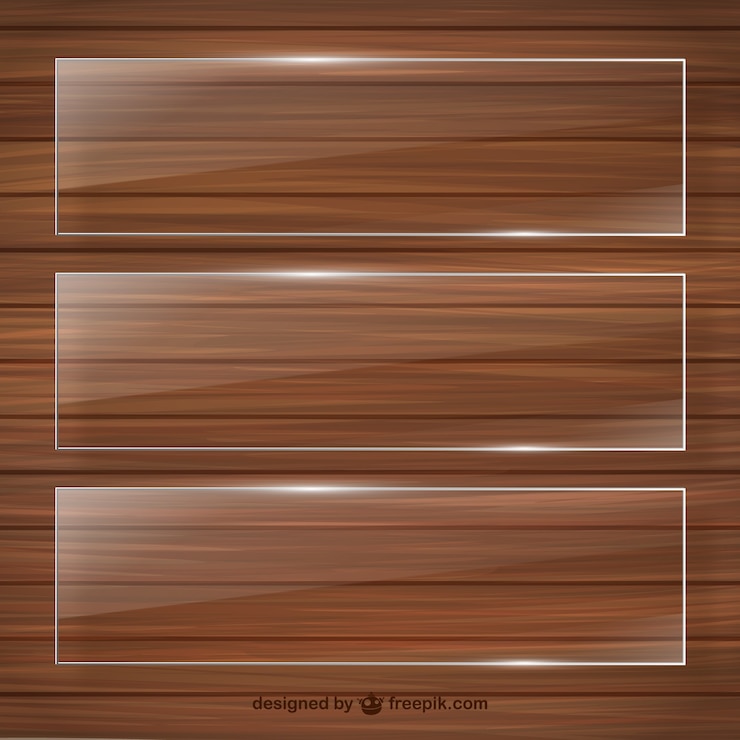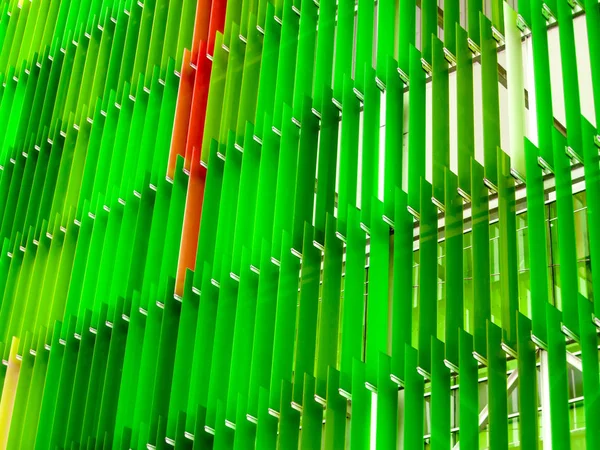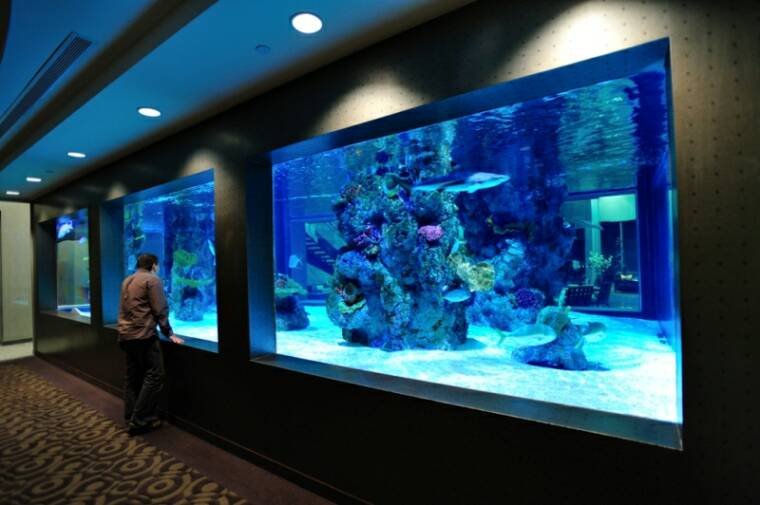Acrylic, the versatile and popular material, is often praised for its clarity, durability, and lightweight nature. However, as with any material, there are also some potential drawbacks to consider.
Acrylic is prone to scratching and can yellow over time when exposed to UV light. It is also brittle and can crack under stress, and is highly flammable . Additionally, acrylic emits toxic fumes during production which can have environmental impacts. Understanding these drawbacks can help users make informed decisions about when and how to use acrylic in their projects
In this blog post, I explore some of the lesser-known downsides of acrylic, and provide insights into how to mitigate or avoid them. So, whether you’re a designer, manufacturer, or just curious about the world of materials, read on to learn more about the potential drawbacks of acrylic.
Related Reading
Exploring the Disadvantages of Acrylic

Acrylic is a versatile and popular material that is used in a wide range of applications, but like any material, it has some disadvantages that should be considered. The following are some of the main disadvantages of acrylic:
1) Brittleness
Acrylic is a thermoplastic material, which means it is a type of plastic that can be molded and shaped when heated and then solidify when cooled. One of the reasons acrylic is brittle is due to its molecular structure. Acrylic is made by polymerizing methyl methacrylate monomers into a long chain polymer. During this process, the polymer chains in acrylic are tightly packed together and are held together by weak Van der Waals forces, making it more rigid and less flexible than other types of plastics.
The brittleness of acrylic can also be attributed to its low resistance to impact. Acrylic has a low impact resistance, which means that it can break or crack easily under stress, such as when it is dropped or hit. This is because the tightly packed polymer chains in acrylic do not have much flexibility, and when they are subjected to an impact, they can fracture and break apart.
To mitigate the brittleness of acrylic, various techniques can be used. For example, additives such as plasticizers can be added to increase the flexibility of the material. Additionally, different manufacturing processes, such as injection Molding, can be used to create acrylic products with higher impact resistance.
2) Scratch Sensitivity
Acrylic is more prone to scratching than glass due to its lower hardness and lower scratch resistance. Acrylic has a relatively low hardness rating on the Mohs scale, which is a scale used to measure the hardness of minerals and materials. Acrylic has a rating of around 2.5-3, while glass has a rating of around 5-7. This means that acrylic is much softer than glass and can be easily scratched by materials that would not scratch glass, such as abrasive cleaners or rough surfaces.
Furthermore, the surface of acrylic is more susceptible to damage from scratching because it is softer and more porous than glass. Scratches on the surface of acrylic can cause small cracks and fissures that can weaken the material over time, making it more likely to break or shatter under stress.
To address this issue, manufacturers can add scratch-resistant coatings to acrylic surfaces to increase their durability and resistance to scratching. These coatings can be applied during the manufacturing process or added as a separate layer after production. It is important to note, however, that even with these coatings, acrylic will still be more prone to scratching than glass due to its inherent properties.
3) Environmental Concerns
Acrylic, like any other material, has some environmental concerns associated with its production and disposal. Some of the key environmental concerns of acrylic include:
- Carbon Footprint: The production of acrylic involves the use of fossil fuels, which contributes to greenhouse gas emissions and global warming.
- Energy Consumption: Acrylic production requires a lot of energy, which can lead to increased consumption of non-renewable energy sources, such as coal and natural gas.
- Landfill Waste: It is not biodegradable and does not decompose easily, which means that when it is disposed of in landfills, it can take hundreds of years to break down.
- Toxicity: Lastly, production of acrylic involves the use of toxic chemicals, such as methyl methacrylate, which can be harmful to workers and the environment if not handled properly.
To minimize these environmental concerns, there are several steps that can be taken. For example, manufacturers can use renewable energy sources, such as solar or wind power, to reduce their carbon footprint and energy consumption. They can also implement recycling programs to reduce landfill waste and explore the use of more environmentally friendly materials.
4)Yellowing
Acrylic, like most thermoplastic materials, is susceptible to the effects of UV radiation from sunlight, artificial light sources, and other sources. The UV radiation can cause a photochemical reaction that degrades the polymer and leads to yellowing over time. The yellowing process is accelerated by exposure to high temperatures, humidity, and chemical agents.
When UV light is absorbed by the acrylic polymer, it can cause the formation of free radicals within the polymer chains, which react with each other to form molecular cross-links. This cross-linking process creates new chromophores (molecules that absorb visible light) within the polymer, which can change the material’s color from clear to yellow or brown.
The yellowing process can also be affected by the type of acrylic used, the manufacturing process, and the environmental conditions that the material is exposed to. For example, cast acrylic, which is made from liquid MMA that is poured into molds and allowed to cure, is more susceptible to yellowing than extruded acrylic, which is formed by extruding molten acrylic through a die.
To reduce yellowing, manufacturers are advised to add UV stabilizers and other additives to the acrylic during production to help protect against the effects of UV light. Additionally, proper care and maintenance, such as storing acrylic away from direct sunlight and avoiding the use of harsh chemicals or cleaners, can help prolong the material’s clarity and prevent yellowing over time.
5) Flammable
Acrylic is a thermoplastic material that can be highly flammable under certain conditions. The flammability of acrylic is due to its chemical composition, which contains carbon and hydrogen atoms that are highly reactive with oxygen in the air.
When acrylic is exposed to heat or an open flame, it can ignite and burn rapidly, producing large amounts of heat, smoke, and toxic fumes. The combustion of acrylic releases carbon monoxide, carbon dioxide, and other hazardous gases, which can pose a significant threat to human health and the environment.
Acrylic is also a poor conductor of heat and electricity, which means that it can retain heat for longer periods and provide fuel for fires. The material can also melt and drip when exposed to high temperatures, potentially spreading the fire to other areas.
To combat the flammability of acrylic, manufacturers may add flame retardants to the material during production. These additives can help slow down the combustion process and prevent the material from spreading flames. However, it is important to note that even with flame retardants, acrylic is still susceptible to catching fire under certain conditions. Therefore, it is important to handle and store acrylic materials safely and to follow proper fire safety protocols to prevent fires from starting in the first place.
Does Acrylic Break Easily?
Acrylic is a relatively brittle material compared to some other plastics and materials like glass. While it can withstand some impacts and stresses, it can also crack or break if subjected to excessive force or pressure. However, the degree of brittleness can vary depending on the quality and thickness of the acrylic sheet.
Conclusion
While acrylic has many benefits , it also has some significant disadvantages. These include its susceptibility to scratches, brittleness, and yellowing over time. Understanding these disadvantages is important for anyone considering using acrylic in their projects or products, as they may impact the performance and lifespan of the material. Despite these drawbacks, many people continue to choose acrylic for its unique properties and wide range of applications. It is important to weigh the advantages and disadvantages carefully and make an informed decision when selecting materials for any project.






